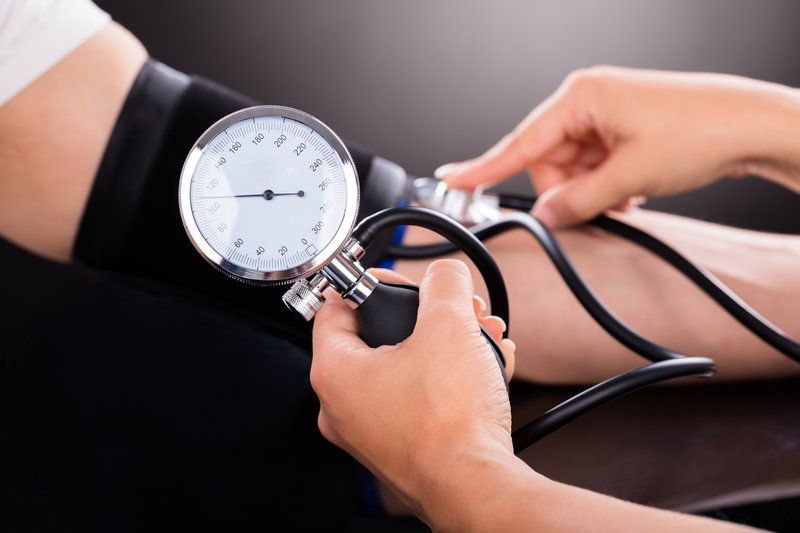Income, poverty and social exclusion indicators, Slovenia, 2018
In 2018 at-risk-of-poverty rate the same (13.3%), at-risk-of-poverty threshold higher than in 2017
In 2018 the at-risk-of-poverty rate (13.3%) was the same as in 2017 and the at-risk-of-poverty or social exclusion rate (16.2%) was 0.9 of a percentage point lower than in 2017. The annual at-risk-of-poverty threshold increased by EUR 318, i.e. to EUR 7,946 or EUR 662 per month.
268,000 people below the at-risk-of-poverty threshold in 2018
According to the 2018 Statistics on Income and Living Conditions (SILC), the at-risk-of-poverty rate in Slovenia was 13.3%. This means that in 2018 about 268,000 people in Slovenia were living below the at-risk-of-poverty threshold, which is the same as in the previous year.
The annual at-risk-of-poverty threshold for a one-member household was set at EUR 7,946; the net disposable monthly income of people below the at-risk-of-poverty threshold was thus below EUR 662 per equivalised adult person. The threshold for a four-member family with two adults and two children younger than 14 was set at EUR 1,391 per month and the threshold for a two-member household without children at EUR 993 per month.
The at-risk-of-poverty rate was the same as in the previous year. The at-risk-of-poverty threshold increased by EUR 318 per year. The calculation is based on the income earned in 2017, since 2017 was the income reference year for the 2018 survey. In 2017 the mean disposable household income increased, so did the median equivalised disposable household income and also the at-risk-of-poverty threshold. The Gini coefficient decreased by 0.3 p.p. over the previous year and the quintile share ratio remained the same. Therefore, we can infer that income was slightly more equally distributed among households.
Among the 268,000 persons below the at-risk-of-poverty threshold, 89,000 were retired (18.1% of all retired persons), 60,000 of them were women and 29,000 men, 52,000 were persons in employment (6% of all persons in employment), 31,000 of them were employed and 21,000 self-employed, 46,000 were unemployed (45.7% of all unemployed persons), 45,000 were underage children (11.7% of all children) and 36,000 were other persons (20.4% of all persons unable to work, homemakers, students, other inactive and unclassified persons).
Compared to the previous year, the at-risk-of-poverty rates decreased for the employed by 0.2 percentage points, for the self-employed by 2.7 p.p. and for underage children by 1.1 p.p., and increased for the unemployed by 3.9 p.p., for the retired by 2.2 p.p. and for other inactive and unclassified persons by 1.3 p.p.
Social transfers still lower the at-risk-of-poverty rate
If social transfers - family and social benefits - were not considered as income, the at-risk-of-poverty rate would amount to 23.4%. If also pensions were subtracted from income, the at-risk-of-poverty rate would increase to as much as 40.5%. The impact of social transfers on decreasing the at-risk-of-poverty rate was 0.6 of a percentage point and the impact of pensions 1 percentage point lower than in the previous year. These data show that in Slovenia social transfers including pensions still have an important impact on decreasing the at-risk-of-poverty rate, but slightly lower than in the previous year.
Average annual household income higher
The average annual net disposable household income amounted to EUR 23,039 and was thus EUR 783 higher than in the previous year. The average annual disposable income per household member increased by EUR 343 (to EUR 9,333) and the average equivalised disposable income per household member calculated with the OECD modified equivalence scale increased by EUR 542 (to EUR 14,127).
Average disposable income per household member in Zahodna Slovenija was EUR 996 higher than in Vzhodna Slovenija. It was the highest in the Osrednjeslovenska (EUR 10,222) and the lowest in the Pomurska (EUR 8,571) statistical regions. Compared to the previous year, it increased in ten statistical regions, the most in Posavska and Gorenjska, and the least in Goriška and Pomurska. The average income per household member decreased slightly in the Primorsko-notranjska and Obalno-kraška statistical regions.
Income from employment (60.5%) and pensions (22.2%) represented the largest shares in total disposable household income, followed by family and social benefits (9.9%). The lowest shares in total disposable household income were represented by income from self-employment (5.2%) and capital and other income (2.2%). Compared to the previous year, the share of income from employment increased by 1.1 p.p., the share of capital and other income in the total disposable household income remained the same, while the shares of all other income (pensions, income from self-employment and family and social benefits) in the total disposable household income slightly decreased.
326,000 people at-risk-of-poverty or social exclusion
Compared to the previous year, the at-risk-of-poverty or social exclusion rate decreased by 0.9 of a percentage point. It was 16.2%, so about 326,000 people in Slovenia were at-risk-of-poverty or social exclusion in 2018, i.e. 19,000 fewer than in the previous year. Fewer persons than a year before were at-risk-of-poverty or social exclusion due to the decrease in two out of three social exclusion indicators: the severe material deprivation rate decreased by 0.9 p.p. and the very low work intensity rate by 0.8 p.p. The at-risk-of-poverty rate remained the same as in the previous year.
The at-risk-of-poverty rate and the social exclusion rate the highest in the Pomurska and the lowest in the Gorenjska statistical regions
The at-risk-of-poverty rate was the highest in the Pomurska (16.5%), Podravska and Zasavska (15.6% in both) statistical regions, and the lowest in the Gorenjska (10.3%), Jugovzhodna Slovenija and Posavska (11.1% in both) statistical regions. Most people at-risk-of-poverty lived in the Osrednjeslovenska (60,000) and Podravska (49,000) statistical regions, and the fewest in the Primorsko-notranjska (5,000), Posavska and Zasavska (8,000 in each) statistical regions. Compared to the previous year, the share of persons below the at-risk-of-poverty threshold decreased in five statistical regions (in Podravska, Posavska, Jugovzhodna Slovenija, Osrednjeslovenska and Gorenjska) and increased in six. The share remained the same in the Savinjska statistical region.
At-risk-of-poverty rate, statistical regions, Slovenia, 2018
Source: SURS, GURS
The at-risk-of-poverty or social exclusion rate was the highest in the Pomurska (21.6%), Savinjska (19.5%) and Podravska (19.2%) statistical regions, and the lowest in the Gorenjska (12.2%), Jugovzhodna Slovenija (12.4%) and Osrednjeslovenska (13.4%) statistical regions. Most people at-risk-of-poverty or social exclusion lived in the Osrednjeslovenska (72,000) and Podravska (61,000) statistical regions, and the fewest in the Primorsko-notranjska (5,000) and Zasavska (9,000) statistical regions. Compared to the previous year, the share of persons at-risk-of-poverty or social exclusion decreased in nine statistical regions and increased in three (Primorsko-notranjska, Goriška and Pomurska).
Basic income, poverty and social exclusion indicators, Slovenia
Source: SURS |
People with highest at-risk-of-poverty rate, Slovenia
Source: SURS | |||||||||||||||||||||||||||||||||||||||||||||||||||||||||||
People with lowest at-risk-of-poverty rate, Slovenia
Source: SURS | |||||||||||||||||




.jpg)